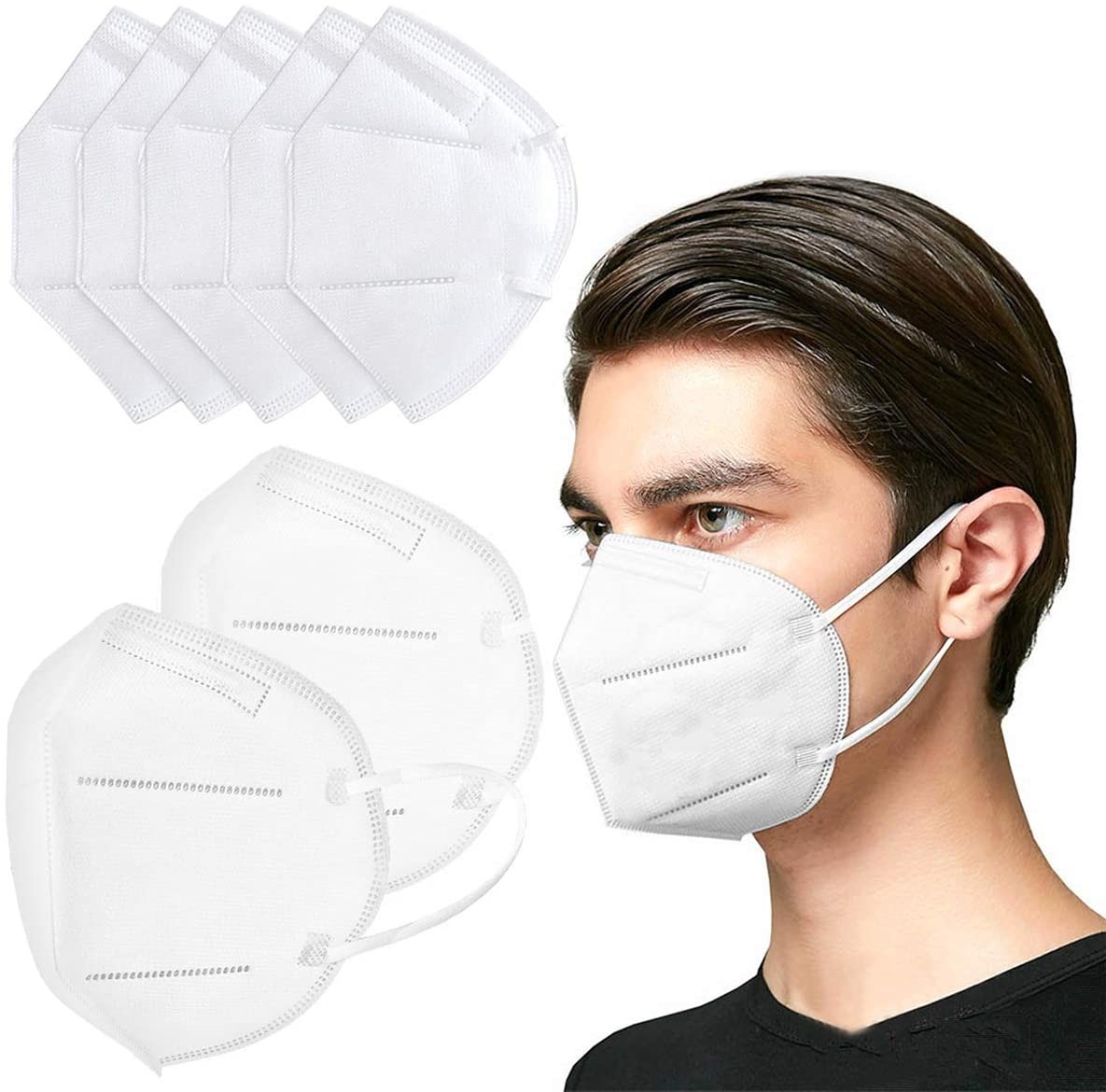Introduction: N95 filtering facepiece respirators (FFP, from here out referred to as N95) are designed to filter out 95% of airborne particles and are intended for single use. During the COVID19 pandemic, N95s are in short supply forcing us to consider reuse of the devices in order to maintain protection in clinical environments. However, there is only limited data on safe decontamination and reuse practices. As of the writing of this post, it is unclear when adequate supplies of N95s will be available and numerous hospitals have already started reuse protocols. Here, we review the current literature and recommendations. It’s important to recognize that both ability to filter and fit of the N95 are important in terms of use and reuse. Of note, residual virus may be present after any of these methods but, amounts remaining should not produce clinical infection.
Method #1: 70 – 75% Ethanol Bath Followed by Drying
- Decontamination: Ethanol has been found to be effective in viral decontamination after as little as 10 minutes of exposure (Fischer 2020)
- Integrity: Filtration efficacy fell below 95% after a single decon cycle (56%) (Stanford Medicine 2020)
- Recommendation: Ethanol Bath is not a safe method for decon as it results in non-protective masks after a single decon cycle.
Method #2: Dry Heat – 70oC
- Decontamination: 60 minutes of heating at 70oC (158oF) is effective in viral decontamination of the N95 mask but may leave residual virus on metal portions (ie nasal bridge piece) (Fischer 2020)
- Integrity: Adequate mask integrity was preserved for up to two decon cycles (Fischer 2020)
- Recommendation: Convection heating (not your typical home oven as temperatures in these cannot be maintained minute to minute) at 70oC is effective and yields a usable mask. This approach should not be performed more than twice on any given mask.
Method #3: Autoclave
- Decontamination: 15 minutes at 121oC (total cycle time of 40 minutes) was effective in decontamination (Kumar 2020)
- Integrity: All 3M masks tested in the Kumar study maintained integrity after a single decon cycle but, fit was lost in one of the most common models (3M 1860) by 3 cycles
- Recommendation: Autoclave can be safely used for a single decon cycle but the ability to use it for multiple decon cycles will depend on the mask in question
Method #4: Time
- Background: Though data is limited, available evidence shows that SARS-CoV-2 can persist on inanimate surfaces for up to 72 hours. The infectiveness of virus on these surfaces at any time interval is unknown.
- Idea: Cycle through masks where each mask gets at least 72 hours of non-use after a day of use
- Protocol
- Start on day#1 with 4 N95 masks
- Use mask #1 on day #1. After use, store in a dry atmosphere for 3-4 days
- Reuse after at least 72 hours
- Note: I (Anand Swaminathan) have been using this approach since the beginning of the pandemic. I have used each mask for a total of 4 times (3 decon cycles)
- Attribution: Thanks to Dr. Jessica Lopez who chatted with N95 technology inventor Dr. Peter Tsai about this approach
Method #5: UV Light (260-285 nm)
- Decontamination: 60 minutes of exposure effectively decontaminated the mask though the metal portions only required 10 minutes (Fischer 2020). Prior work showed safety with only 30 minutes of exposure (Stanford 2020)
- Integrity: Adequate mask integrity was preserved for up to three decon cycles (Fischer 2020)



